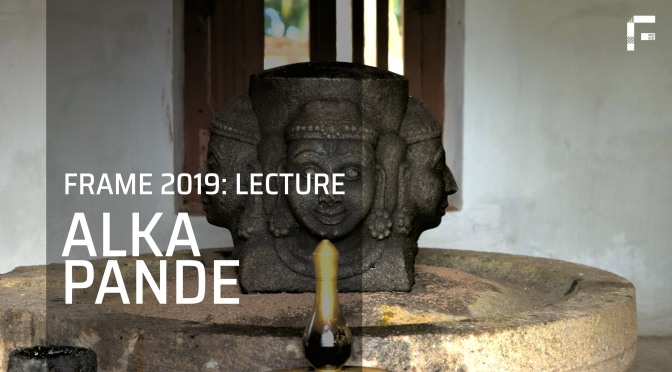Ashoke Chatterjee
A Recorded Lecture from FRAME Conclave 2019: Modern Heritage
In this lecture, Ashoke Chatterjee talks about the inception of the National Institute of Design in Ahmedabad, its formative years, the pedagogy provided to the students, the experiments with the curriculum, the challenges, successes, and failures it faced in becoming the ‘world-class’ institute it sought out to be today.
Edited Transcript
I am delighted to have this opportunity to be back in Goa after forty-one years. The last time I came here, it was to assist the Government of Goa with a clue on what was called ‘carrying capacity in the tourism business; how will Goa manage its tourism prospects in those years?’ I need not tell you that my report was trashed well before the Hall of Nations, but it is good to be back, and I am grateful to the organisers, to FRAME Conclave for inviting me.
I need to start, however, by indicating what this brief talk will not be about. This is a very personal view of one part of contemporary Indian design history around the experience of one institution, the National Institute of Design, its educators, and those who studied there. This is part of a very interesting story. The NID had a catalytic effect, so it is quite valid to use that example.
Continue reading DESIGN EDUCATION IN INDIA: AN EXPERIMENT IN MODERNITY








